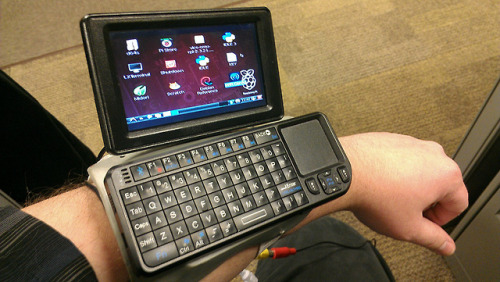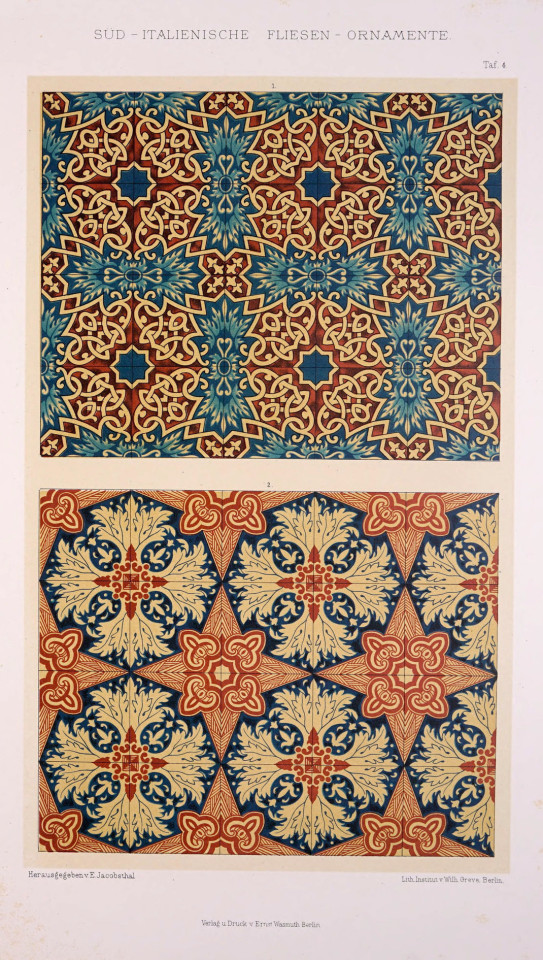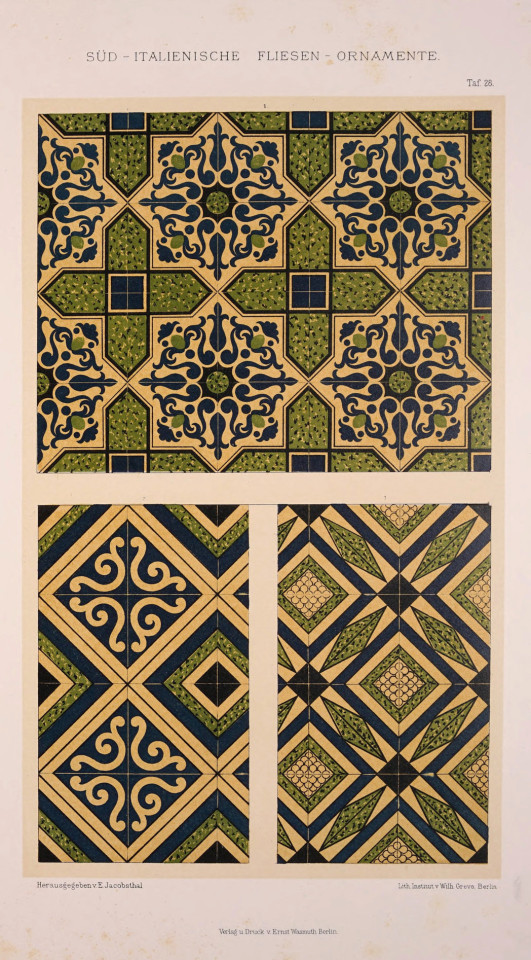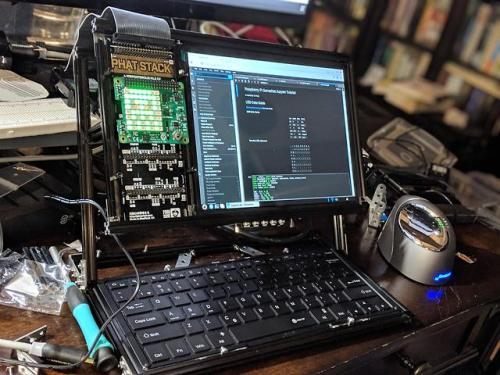First Post
First Post
Forward Lang: Hello Everyone! :D
Hopefully someone else: Hello! :)
More Posts from Forward-lang-blog and Others

Never interrupt a programmer
I don't think other coworkers understand how complicated and stressful it is to explain what's going on in your head when you don't even understand specific problems when coding. Hence, I don't want anyone to disrupt me. Same thought in comic format:

Do you agree? Let me know in the comments below.
Credit

Wearable Raspberry Pi by Jason Benson on flickr, who is clearly living in 3018
Amazing! :)
Amino: Desktop Bioengineering for Everyone

The countdown begins - there are just over 24 hours left to get your hands on the first do-it-yourself bioengineering kit! The Amino, which originally began as a school project by Julie Legault out of the MIT Media Lab, is a kit made to encourage people to experiment with synthetic biology. So much of our life is created through bioengineering, and the Amino lets everyone from artists to hackers experience the fun of the lab at home. Better yet, it lets you do so without the expensive equipment.

When you first think of bioengineering something Frankenstein might come to mind, but there won’t be any dangerous monsters growing in this package. The Amino uses friendly strains of bacteria that are safe for home use. In total, the Amino lets you grow living cells while also getting data on what is going on, and is sophisticated enough for professional labs too! The kit comes with DNA programs (“Apps”), and in the first order you can choose from making a glow in the dark living light or experimenting with several DNA programs.
The kit looks like loads of fun and I’m excited to see where this goes!
1. Read up on the backstory of the project on the MIT blog.
2. Check out the Amino Indiegogo campaign

fractals!! :D or at least patterns :P







Johann Eduard Jacobsthal, “Süd-italienische Fliesen-Ornamente”, South italian tile ornaments, 1886. Chromolithography. Published by Ernst Wasmuth, Tübingen, Germany. Source: archive.org. Via frizzifrizzi

The Open Book Project
As a society, we need an open source device for reading. Books are among the most important documents of our culture, yet the most popular and widespread devices we have for reading — the Kobo, the Nook, the Kindle and even the iPad — are closed devices, operating as small moving parts in a set of giant closed platforms whose owners’ interests are not always aligned with readers’.
The Open Book aims to be a simple device that anyone with a soldering iron can build for themselves. The Open Book should be comprehensible: the reader should be able to look at it and understand, at least in broad strokes, how it works. It should be extensible, so that a reader with different needs can write code and add accessories that make the book work for them. It should be global, supporting readers of books in all the languages of the world. Most of all, it should be open, so that anyone can take this design as a starting point and use it to build a better book.
The most important thing I can reiterate in this README is that This Is A Work In Progress! The Open Book board is probably 90% of the way there, but the software required to actually be an eBook is in its infancy; I can put a few Arduino sketches up here, but the long-term goal involves building open source eBook software, and that’s still a ways out.
Read more…
Summary:
online trainings on how to use NASA Earth science data, regarding:
air quality,
climate,
disaster,
health,
land,
water resources and
wildfire management.
Everyone (Even You!) Can Use Satellite Data
At NASA we’re pretty great at putting satellites and science instruments into orbit around Earth. But it turns out we’re also pretty great at showing people how to get and use all that data.
One of the top ways you can learn how to use NASA data is our ARSET program. ARSET is our Applied Remote Sensing Training program and it helps people build skills that integrate all these Earth science data into their decision making.

ARSET will train you on how to use data from a variety of Earth-observing satellites and instruments aboard the International Space Station.
Once you take a training, you’ll be in GREAT company because thousands of people have taken an ARSET training.

We hold in person and online trainings to people around the world, showing them how to use NASA Earth science data. Trainings are offered in air quality, climate, disaster, health, land, water resources and wildfire management.
For example, if you’re trying to track how much fresh drinking water there is in your watershed, you can take an ARSET training and learn how to find satellite data on how much precipitation has fallen over a certain time period or even things like the ‘moistness’ of soil and the quality of the water.

Best yet, all NASA Earth observing data is open and freely available to the whole world! That’s likely one of the reasons we’ve had participants from 172 of the approximately 190 countries on Earth.

Since its beginning 10 years ago, ARSET has trained more than 30 thousand people all over the world. They’ve also worked with people from more than 7,500 different organizations and that includes government agencies, non-profit groups, advocacy organizations, private industry.
And even though 2019 is ARSET’s 10th birthday – we’ve only just begun. Every year about 60% of the organizations and agencies we train are new to the program. We’re training just about anyone who is anyone doing Earth science on Earth!
Join us, learn more about how we train people to use Earth observing data here, and heck, you can even take a training yourself: https://arset.gsfc.nasa.gov/.
Make sure to follow us on Tumblr for your regular dose of space: http://nasa.tumblr.com


Finished one of my Altoids-friendly Arduino Menta’s from Adafruit
The best pull request (PR) in 2017???


This guys raspberry pi laptop is goals via Cyberpunk
-
 cheezbot liked this · 3 years ago
cheezbot liked this · 3 years ago -
 forward-lang-blog reblogged this · 3 years ago
forward-lang-blog reblogged this · 3 years ago

28 posts